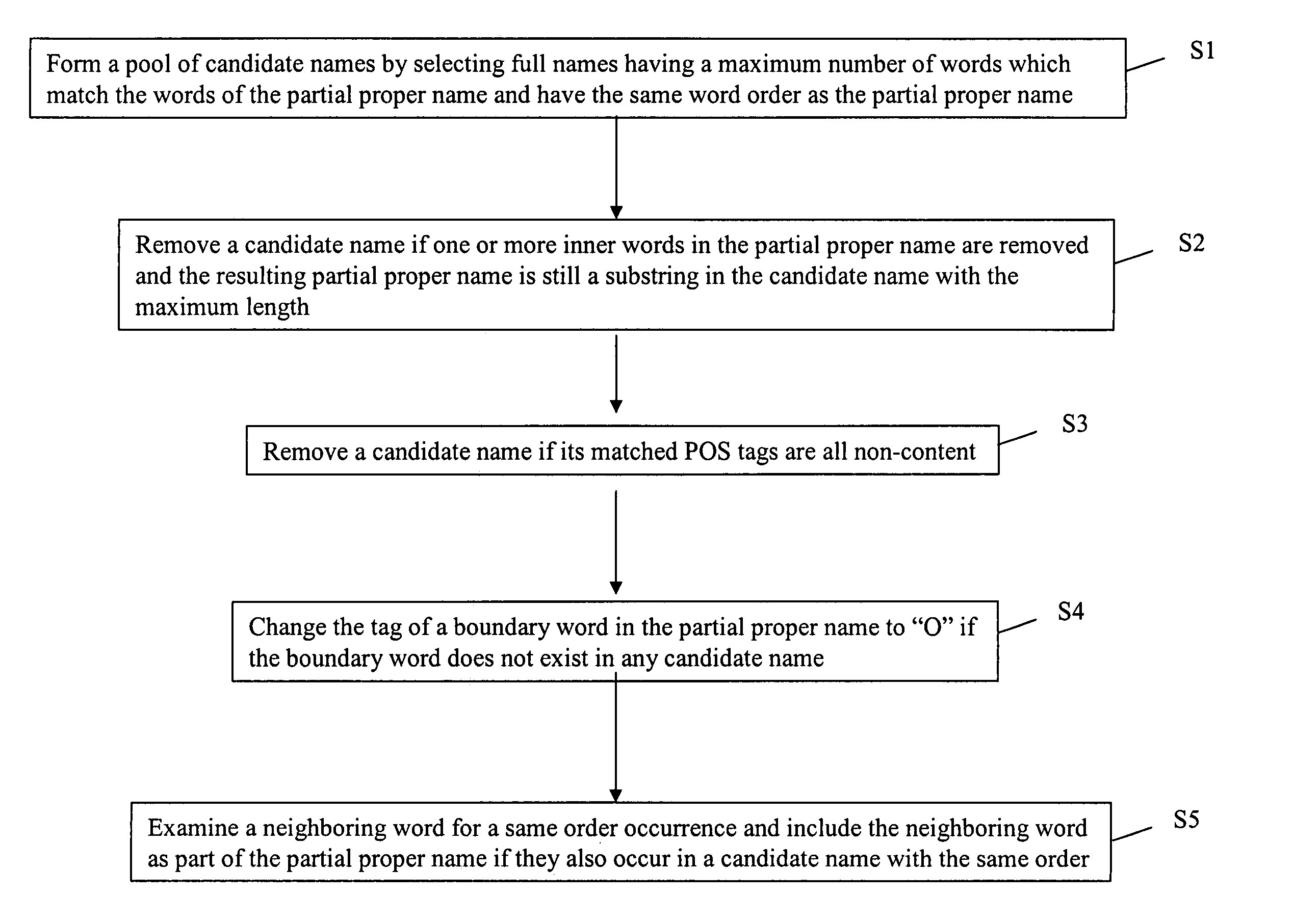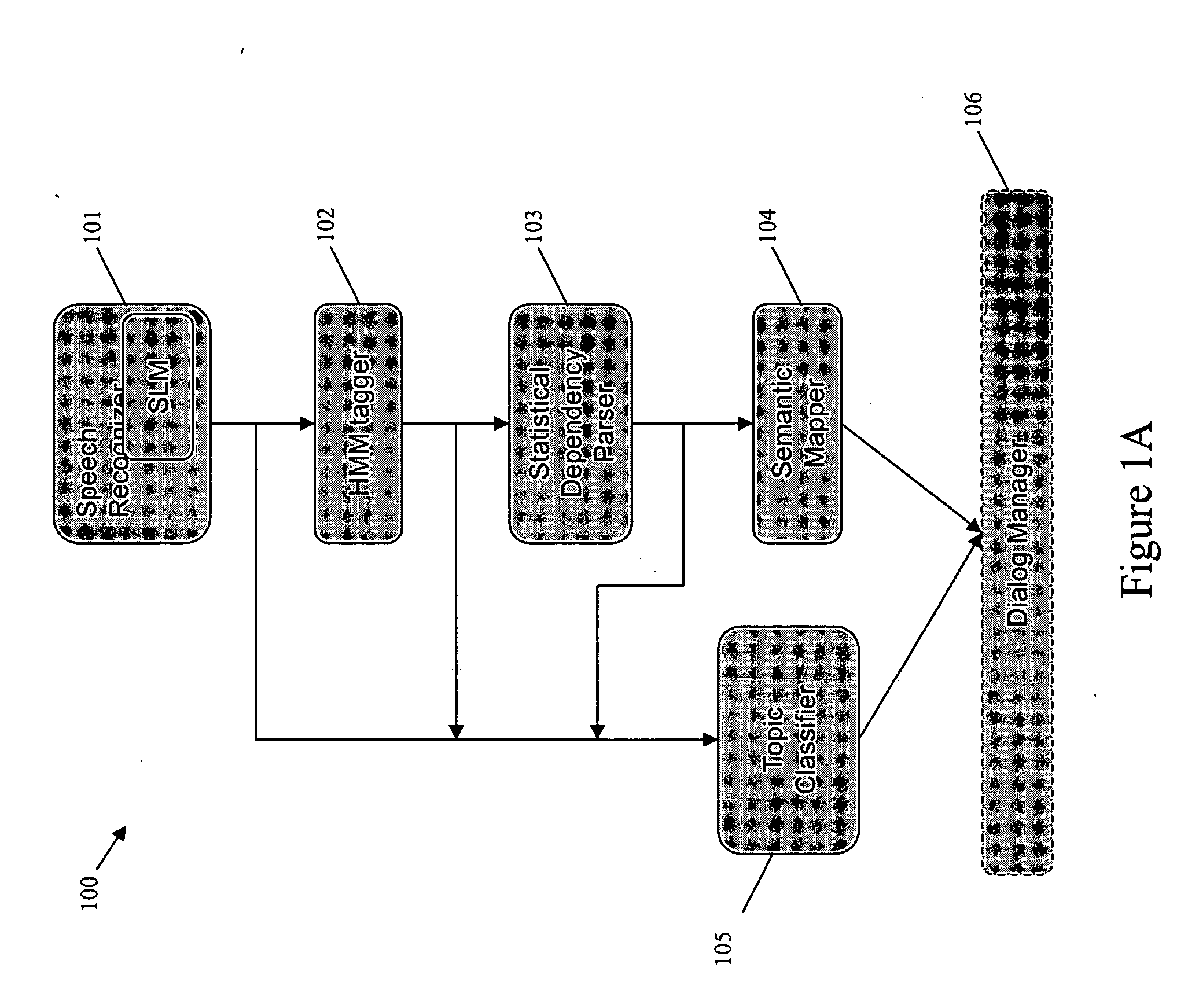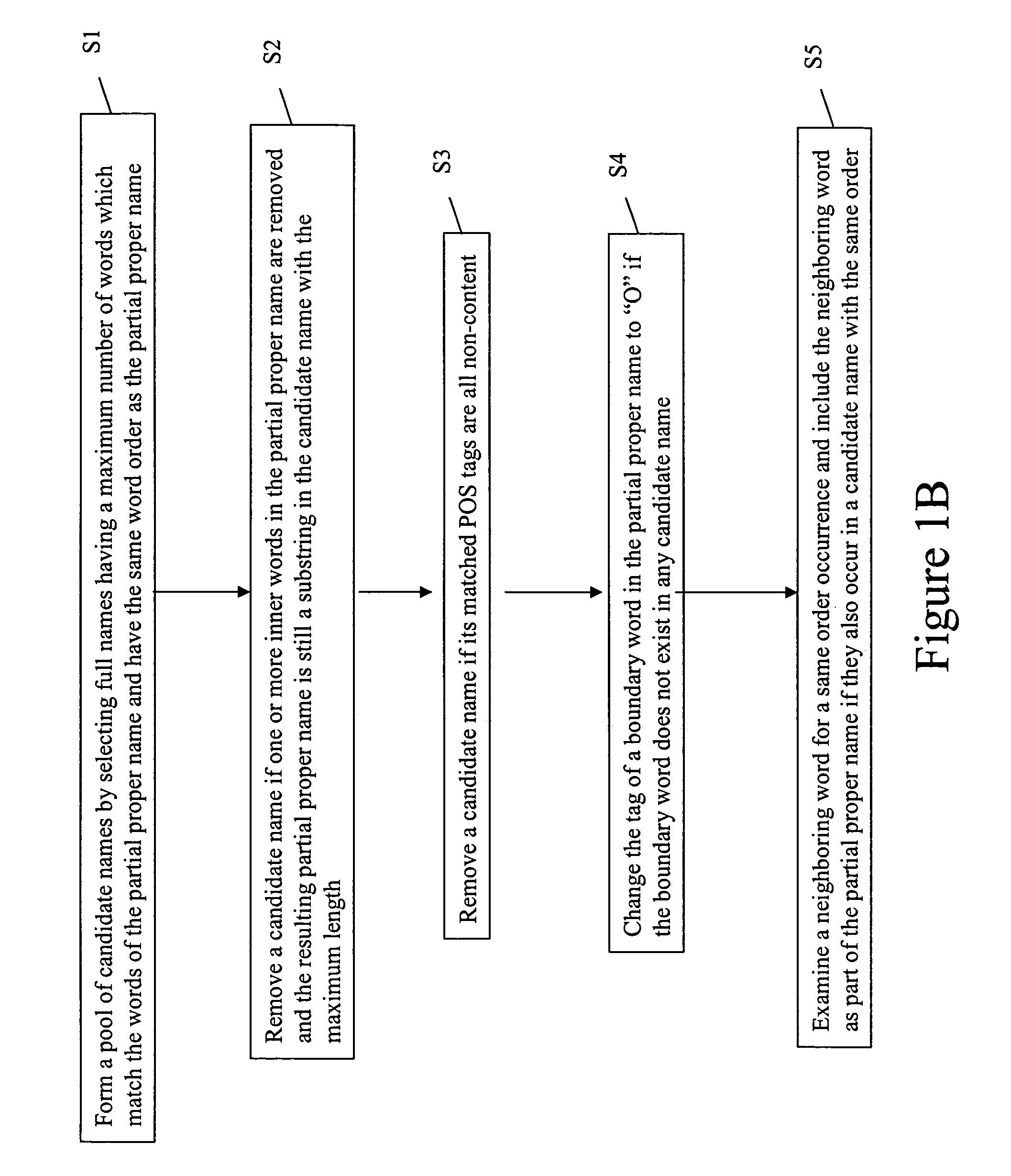Unified treatment of data-sparseness and data-overfitting in maximum entropy modeling
a maximum entropy modeling and data overfitting technology, applied in the field of unified treatment of data sparseness and data overfitting in maximum entropy modeling, can solve problems such as annoy users, delay the adoption of such systems in environments, and data sparseness may be a common problem, and achieve the effect of cutting error rates
- Summary
- Abstract
- Description
- Claims
- Application Information
AI Technical Summary
Benefits of technology
Problems solved by technology
Method used
Image
Examples
Embodiment Construction
Introduction
[0028] The present invention address the issues of limited language usages, shallow understanding, and robustness in spoken dialog system for operating audio systems, such as, for example, an MP3 player. In particular, the present invention provides an improved language understanding module of a spoken dialog system, where users may be cognitively overloaded, where phrase fragments, disfluencies, and anaphora may be common, where the miscommunication in conversational dialogs by the dialog systems cannot be avoided, and where deep understanding is required for fixing miscommunication. In this regard, the improvements provided by the present invention may be applied, for example, in a MP3 domain, where song or album names can be anything ranging from repetitive words, phrases, to sentences.
[0029] Below, an overview of an exemplary spoken language understanding module is provided, as well as exemplary methods for use in the exemplary spoken language module, including, f...
PUM
 Login to View More
Login to View More Abstract
Description
Claims
Application Information
 Login to View More
Login to View More - R&D
- Intellectual Property
- Life Sciences
- Materials
- Tech Scout
- Unparalleled Data Quality
- Higher Quality Content
- 60% Fewer Hallucinations
Browse by: Latest US Patents, China's latest patents, Technical Efficacy Thesaurus, Application Domain, Technology Topic, Popular Technical Reports.
© 2025 PatSnap. All rights reserved.Legal|Privacy policy|Modern Slavery Act Transparency Statement|Sitemap|About US| Contact US: help@patsnap.com



